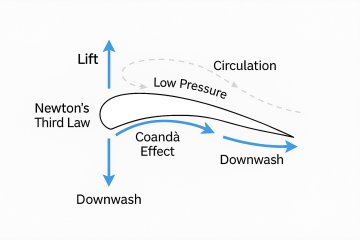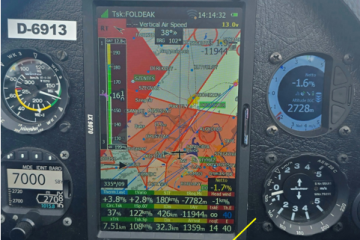
Video Guide: How to Shoot Sailplane Videos with Your Phone?
A video can transform your sailplane listing from “just another ad” into something that truly captures attention. While photos are essential, a short video gives buyers a real sense of scale, movement, and condition. The good news? You don’t need professional gear. Your smartphone is enough — if you use it wisely.
Here’s a step-by-step guide to shooting clear, trustworthy, and engaging sailplane videos with just your phone.
1. Prepare Before Filming
📋 Plan your shots before you hit record.
- Clean the sailplane — a shiny glider makes a stronger impression.
- Choose a good location — open hangar, airfield, or grass strip with minimal clutter.
- Check lighting — natural daylight works best (avoid harsh midday sun or dark shadows).
- Stabilize your phone — use a tripod, or rest your elbows against your body for steadiness.
👉 Tip: Wipe your phone’s camera lens before filming for a sharper image.
2. Essential Shots to Capture
🎬 Buyers want to see the glider as if they were walking around it. Record in short clips, then combine them.
- Full walk-around: nose to tail, both sides.
- Cockpit view: panel, instruments, canopy opening/closing.
- Control surfaces: demonstrate ailerons, elevator, rudder moving.
- Trailer footage (if included): inside and outside condition, loading/unloading.
- Extras: winglets, oxygen system, FLARM, new instruments, etc.
- Flight footage (optional): short clips of launch, thermalling, or landing, filmed safely from the ground.
👉 Keep each clip steady and slow — fast camera movements make viewers dizzy.
3. Recording Settings for Best Results
📱 Most modern phones record excellent video, but settings matter.
- Resolution: 1080p (Full HD) is perfect — sharp without creating huge files.
- Frame rate: 30 fps is standard, 60 fps makes motion smoother.
- Orientation: Use landscape (horizontal), not portrait, so the video looks professional on all devices.
- Audio: Avoid windy spots. If background noise is high, consider muting and adding a short voice-over or captions later.
4. Keep It Short and Focused
⏱ Attention spans are short. A good sailplane video is:
- 1–3 minutes long.
- Cut into more short clips instead of one long shaky take.
- Focused on condition, features, and usability.
👉 Buyers don’t need a cinematic film — just clear, informative shots.
5. Simple Editing Tips
✂️ You don’t need pro editing software. Free apps like iMovie, CapCut, or your phone’s default editor are enough.
- Trim unnecessary parts at the start/end.
- Arrange clips in logical order: walk-around → cockpit → details → trailer → extras.
- Add simple captions if needed (e.g. “New canopy 2024”).
- Avoid heavy filters — buyers want to see the real aircraft.
6. Uploading Your Video
Once your video is ready, upload it to a platform like YouTube or Vimeo. Both allow you to share a link or embed the video directly into your listing.
- Make sure your video is public or unlisted (so buyers can see it without logging in).
- Choose a thumbnail that shows the full sailplane, not just a detail.
👉 See our guides on how to post a video for step-by-step instructions.
Final Checklist Before Sharing
✅ Steady, well-lit clips
✅ Walk-around + cockpit + details + trailer
✅ Short (1–3 minutes)
✅ Landscape orientation, Full HD
✅ Trimmed and clear, no distracting background noise
✅ Uploaded and linked in your listing
Why This Matters
A sailplane is a passion purchase. A simple, honest video builds trust and helps your listing stand out from dozens of photo-only ads. Show buyers what makes your glider special — and let your phone do the work.






































